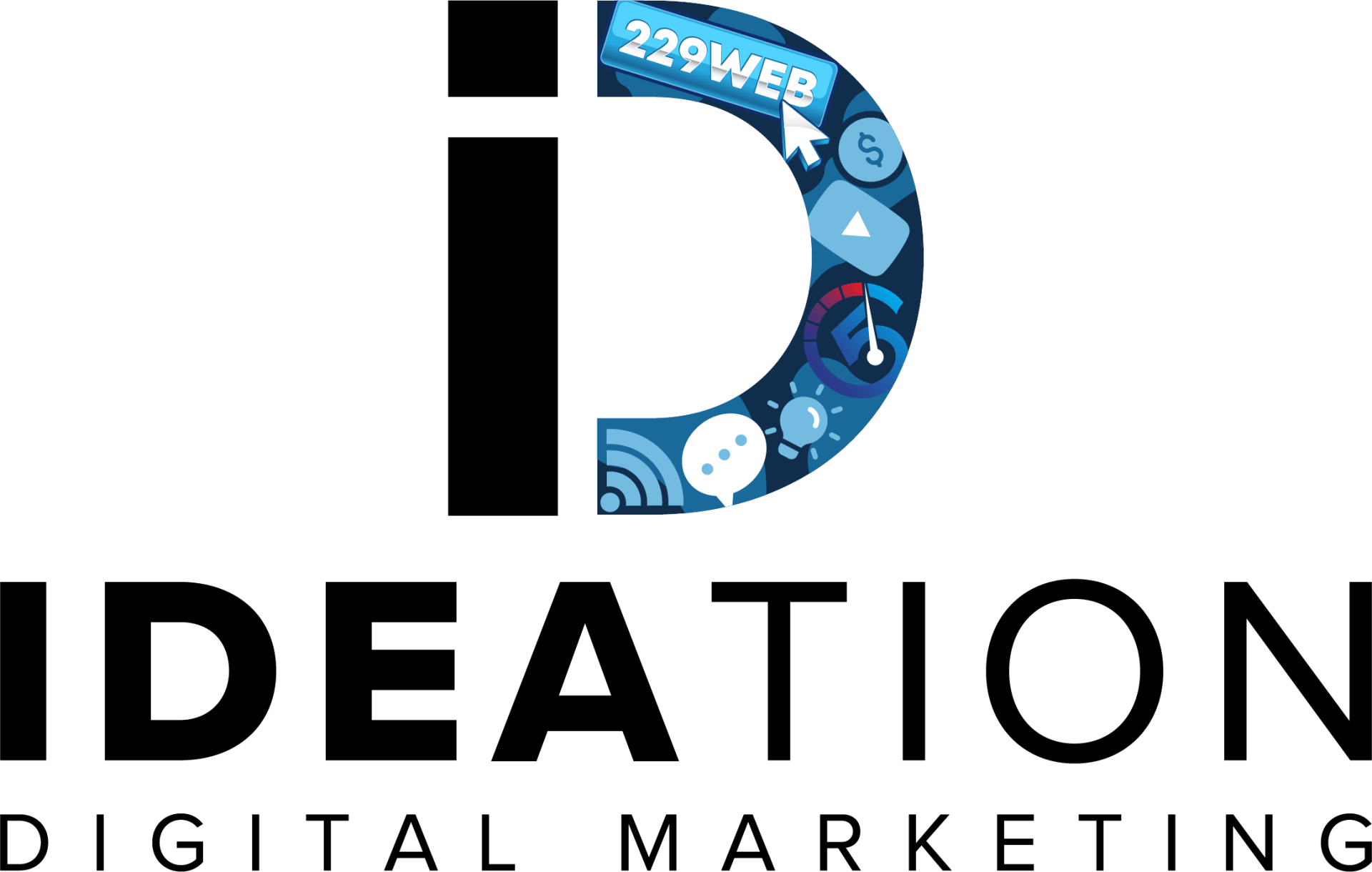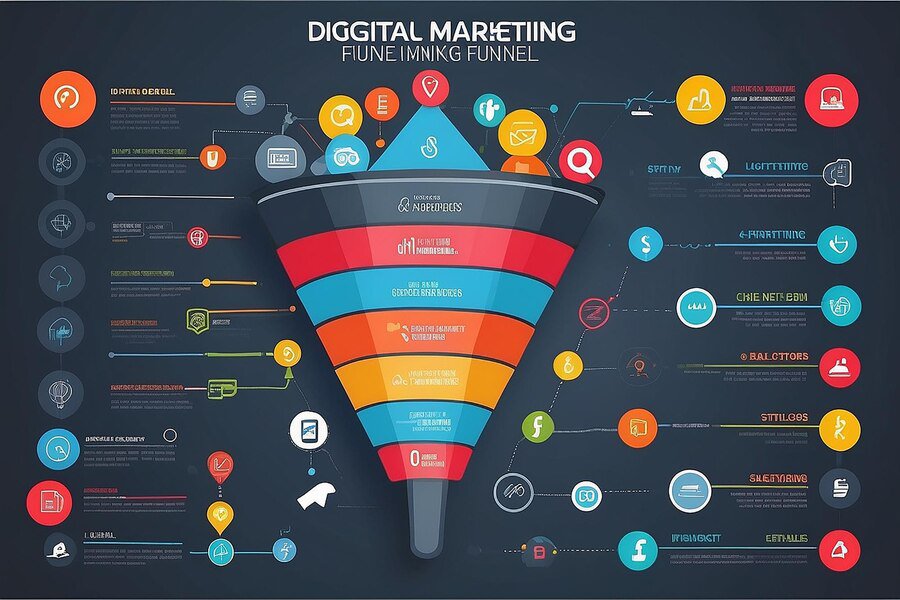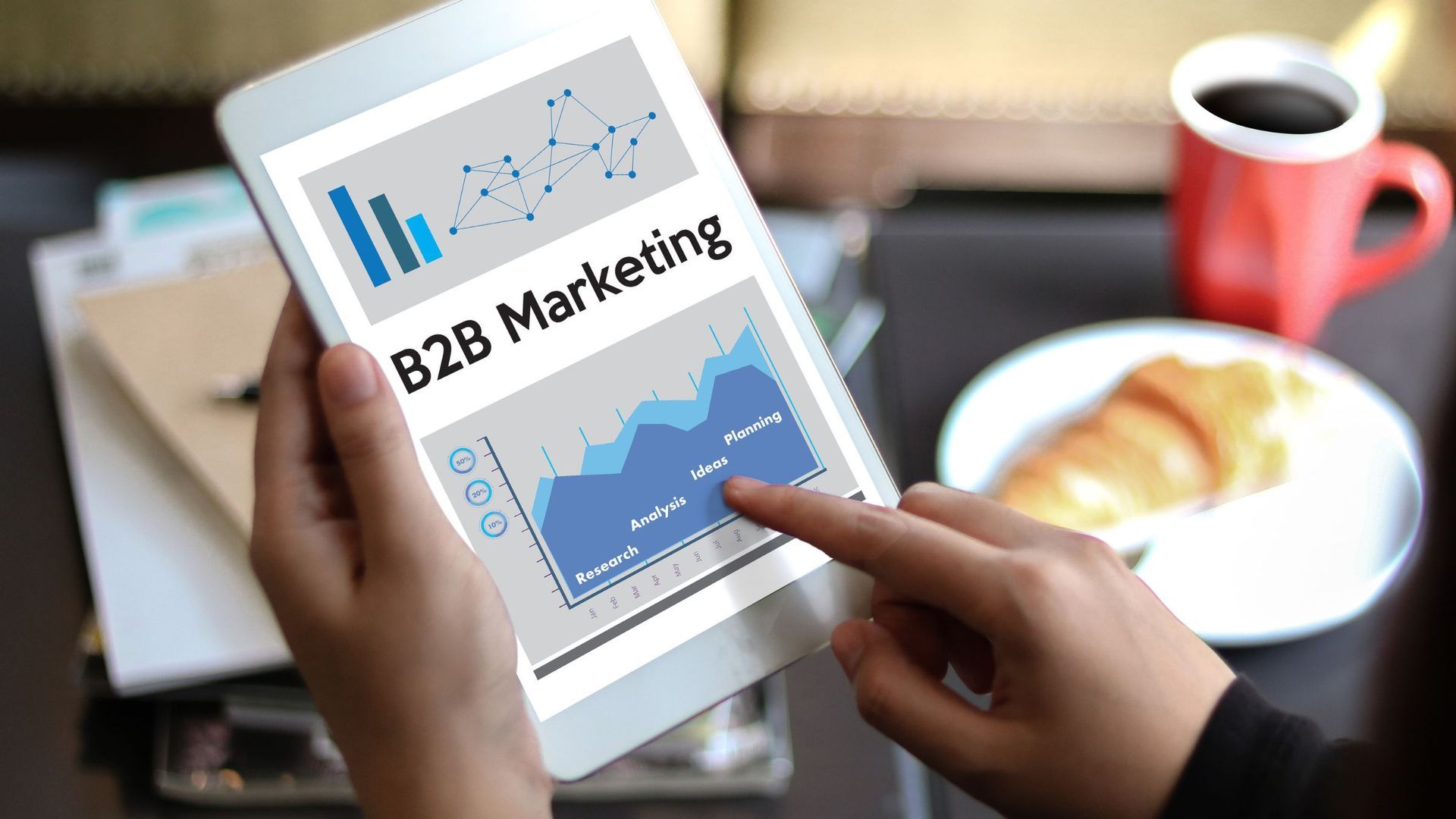222 Capitol Street, Suite 522
Charleston, WV 25301

Master On-Page Seo For Better Search Rankings
If you’re aiming to boost your website’s visibility and climb higher in search engine results, focusing on on-page SEO is a game changer. This approach ensures that every aspect of your site—from the content and keywords to the meta tags and images—is optimized for search engines and user experience. At Ideation Digital
Marketing, we understand the nuances of on-page SEO and how it can make a significant difference in your search rankings. In this blog, we’ll break down the key elements of on-page SEO, share practical tips, and show you how to implement strategies that can drive more traffic to your site and improve your overall online presence.
Crafting Compelling Meta Titles and Descriptions
Meta titles and descriptions play a crucial role in attracting users from search engine results pages (SERPs). A compelling meta title should be concise, ideally between 50-60 characters, and include relevant keywords that reflect the page’s content. It must capture attention and provide a clear indication of what the page is about.
Similarly, the meta description, which should be around 150-160 characters, should summarize the page’s content engagingly and include a call-to-action or value proposition. Well-crafted meta titles and descriptions improve click-through rates by encouraging users to visit your page over others. They also help search engines understand the content and relevance of your page, contributing to better rankings and visibility.
Optimizing Headers for Enhanced Readability
Headers are essential for organizing content and enhancing readability. They provide structure to your page, making it easier for both users and search engines to navigate and understand the content. The main header (H1) should include the primary keyword and accurately reflect the main topic of the page. Subheaders (H2, H3, etc.) should break down the content into manageable sections, using relevant keywords to describe each section.
Proper header optimization improves user experience by
making content scannable and accessible. It also helps search engines determine the hierarchy and relevance of information on your page, contributing to better indexing and ranking. Effective use of headers ensures that readers can quickly find the information they need.
The Role of Keyword Integration in Content
Keyword integration is a fundamental aspect of on-page SEO, affecting how search engines and users perceive your content. By strategically incorporating relevant keywords into your text, you signal to search engines what your page is about. Place primary keywords in the title, headers, and throughout the body of the content in a natural and contextually relevant manner.
Avoid keyword stuffing, which can lead to penalties and decrease readability. Instead, focus on creating high-quality, informative content that addresses user needs while naturally including keywords. This balance helps improve search engine rankings and provides a better experience for readers. Regularly updating and refining your keyword strategy based on performance data can further enhance your SEO efforts.

Leveraging Schema Markup for Rich Snippets
Schema markup is a powerful tool for enhancing your website's presence in search engine results. By adding structured data to your pages, you help search engines better understand the content and context of your site, leading to improved visibility and richer search results.
- Understand Schema Types: Identify which schema types are relevant to your content, such as articles, products, or reviews. This ensures that the structured data you implement is appropriate for your site's content.
- Use Google's Structured Data Markup Helper: Google's tool simplifies the process of adding schema markup to your pages. It provides an easy interface to tag different elements of your content and generate the necessary code.
- Implement Schema in HTML: Add the generated schema markup to your website's HTML. This code can be inserted directly into your web pages to provide search engines with additional information about your content.
- Test with Rich Results Test: Utilize Google's Rich Results Test tool to verify that your schema markup is correctly implemented. This tool checks your pages for errors and provides feedback on how your data will appear in search results.
- Monitor Performance in Search Console: Regularly check Google Search Console to track the performance of your rich snippets. Analyze impressions and clicks to understand how schema markup impacts your site's visibility and make necessary adjustments.
Incorporating schema markup can significantly enhance your search engine listings by providing more detailed and visually appealing results. By understanding and correctly implementing structured data, you can improve your site's click-through rates and overall SEO performance.
Analyzing and Adjusting Content for User Engagement
To ensure your content resonates with your audience and keeps them engaged, regular analysis and adjustments are crucial. By focusing on user engagement metrics, you can refine your content strategy to better meet the needs and preferences of your visitors.
- Monitor Key Engagement Metrics: Track metrics such as average time on page, bounce rate, and pages per session. These indicators help you gauge how well your content captures and retains user interest.
- Use Heatmaps and User Recording Tools: Implement tools like heatmaps and session recordings to visualize how users interact with your content. These insights can reveal which areas of your page attract attention and which might need improvement.
- Analyze User Feedback: Collect and review feedback from users through surveys, comments, and reviews. Understanding their experiences and preferences can guide content adjustments to better meet their expectations.
- Test Content Variations: Conduct A/B testing on different content formats, headlines, and calls-to-action. Testing various elements helps determine what resonates best with your audience and can lead to higher engagement.
- Optimize Content Based on Data: Use the data gathered from metrics and feedback to make informed adjustments to your content. Enhance areas that are underperforming and build on successful elements to continually improve user engagement.
Regularly analyzing and adjusting your content based on user engagement metrics is essential for maintaining relevance and interest. By continuously refining your approach, you can ensure that your content remains valuable and engaging to your audience.
Fine-Tuning Image Alt Text and File Names
Optimizing images for SEO involves more than just ensuring they are visually appealing. Alt text (alternative text) should accurately describe the image and incorporate relevant keywords where appropriate. This not only helps search engines understand the image’s context but also improves accessibility for users with visual impairments. Additionally, using descriptive, keyword-rich file names can enhance the relevance of your images in search results.
Ensure that image files are compressed for faster loading times without compromising quality. Well-optimized images contribute to a better user experience and can drive additional traffic through image search. By aligning alt text and file names with your content strategy, you maximize the SEO benefits of your visual assets.
Improving Internal Linking for Better Navigation
Internal linking is a powerful technique for improving site navigation and SEO. By linking to other relevant pages within your website, you guide users to additional content that may interest them, enhancing their overall experience. Effective internal linking also helps search engines understand the structure and importance of your pages, as well as distributing page authority throughout your site.
Ensure that your internal links use descriptive anchor text that reflects the linked content. This practice not only helps users find related information but also supports better indexing and ranking by search engines. Regularly reviewing and updating your internal links can improve site navigation and contribute to a more cohesive and engaging user experience.
Enhancing Page Load Speed for a Smooth User Experience
Page load speed is critical for user satisfaction and SEO. Slow-loading pages can frustrate users and lead to higher bounce rates, negatively impacting search engine rankings. To enhance page load speed, start by optimizing images through compression and using appropriate formats. Minimize code by removing unnecessary HTML, CSS, and JavaScript, and consider leveraging browser caching to speed up loading times for returning visitors.
Implementing Content Delivery Networks (CDNs) can also improve performance by distributing content across multiple servers. A fast-loading page ensures a smooth user experience, encourages longer visits, and can positively influence search engine rankings. Regularly testing and optimizing load speed is essential for maintaining a high-performing website.
Conclusion
Mastering on-page SEO is essential for improving your website's search rankings and enhancing user experience. By focusing on elements such as meta titles, headers, keyword integration, image optimization, internal linking, and page load speed, you can significantly boost your site's visibility and performance. Leveraging schema markup and continuously analyzing user engagement will further refine your SEO strategy, driving more traffic and increasing user satisfaction. Implementing these practices effectively ensures that your content not only ranks higher but also provides a valuable experience for your visitors.
For personalized SEO strategies and expert guidance, contact Ideation Digital Marketing. We’re here to help you achieve your digital marketing goals. Reach out to us at (304) 814-2445 or visit us at 222 Capitol Street, Suite 522, Charleston, WV 25301.

Main Office
222 Capitol Street, Suite 522
Charleston, WV 25301
other offices
48 1/2 Second Ave, Williamson, WV 25661
20 Clinch Mountain Ave, Lebanon, VA 24266,
Contact
DIGITAL MARKETING SERVICES
All Rights Reserved | Ideation Digital
Private Policy
All Rights Reserved | Ideation Digital











